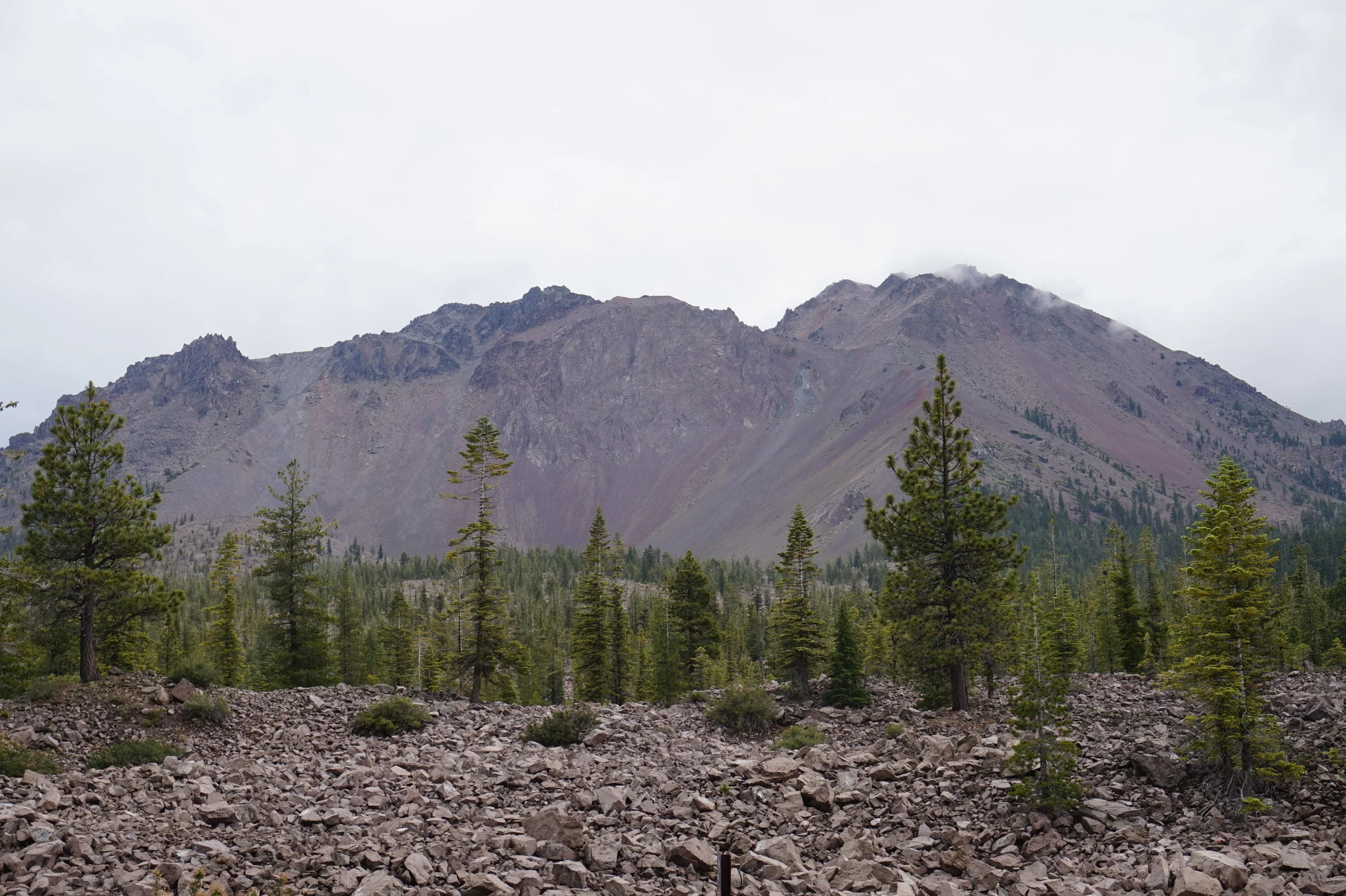Tucson is a college town. As much as I found it entertaining to listen to frat boys whine about having to open Grinder accounts and students peppering job recruiters with their accomplishments, I was glad to get out of the city for the day. My mission: to see the nation’s largest cacti.
Saguaro National Park is split into two parts on both the east and west side of Tucson. To the east is the Rincon Mountain District and to the west is the Tucson Mountain District. The main difference between the districts according to the park ranger was that the west side had more saguaro, however the east side had more saguaro with branching arms. According to Yasmin, the east side was also a really nice place to take a bike ride.
Not knowing much about either side before heading out, I decided to go to the Tucson Mountain District. It’s a good thing the roads to the park twist around enough to merit a 25-35 mph speed limit because once you get closer to the park, you start seeing saguaro pop up all over and instantly you have an urge to be “that tourist”. It’s a good thing there weren’t that many people on the road.
At the park, I joined volunteer naturalist Bob Perrill on a guided nature hike. What plant lover would say no to a two hour lesson in desert botany from a guy who worked his entire career in field biology? I have since been on several guided hikes in other parks and I haven’t met anyone as knowledgeable as he was in respect to the biomes they were speaking about.
Here are some highlights about a handful of desert plants I became acquainted with:
The saguaro--
- They take forever to grow and you probably won't even see them above other low lying desert plants until they are over 30 years old.
- Saguaro generally survive their early years due to the help of a "nursing" plant. These plants, often palo verde, provide shade and shelter from predators during their early years.
- Saguaros have "ribs".
- You can tell a saguaro was hit by lightning by the way the arms blow off. When lightning hits a saguaro, the water inside instantly boils and the cactus explodes!
- The flowers are night blooming and only open for about 14-16 hours which means there is a very small window for pollinators to get the job done.
I AM SAGUARO!
Out grew the nursing plant...
Ribs
Struck by lightning!
Such a big plant with such little flowers
The palo verde--
- Palo verde means green stick. The stick is green because there is chlorophyll in the branches which help with photosynthesis even when the tree has no leaves.
- Many plants in the desert are legumes (related to the pea family). Palo verde is one of them which means it helps fix nitrogen in the ground (super important for the health of the soil). You can tell by the bean-like fruits it makes.
- Palo verde are one of the targets of the parasitic mistletoe. Mistletoe comes from the Greek "thief" and "tree"...
Mistletoe laden
Legume
The cholla--
- There are many kinds of cholla in the Sonoran Desert. At Saguaro National Park, the main varieties include: jumping, teddy-bear, and pencil cholla.
- Cholla also have a skeletal frame inside.
- The spines on the cholla are full of reverse facing barbs which make it nearly impossible to remove once imbeded. To remove, it's best to use a fine-toothed comb.
Jumping cholla


















